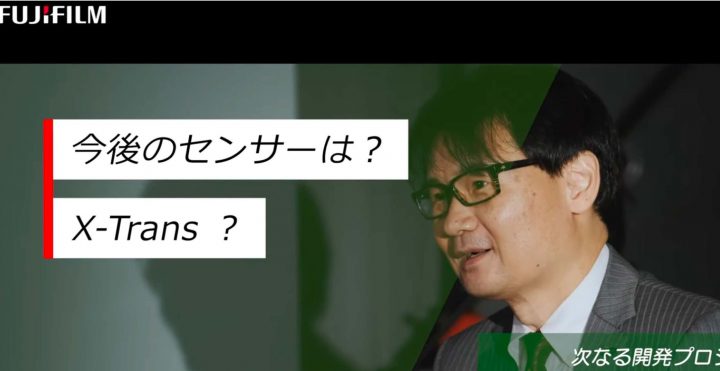Fujifilm Manager Explains Why Medium Format and Not Full Frame, Talks About Fixed Lens GFX, X-Trans MF Camera and More

MAP cameras had a talk with Japanese Fujifilm manager Takashi Ueno about the Fujifilm GFX system.
The automatic translation tool is again bad, so I went through this pain for all of you, and made a summary out of it ;).
You can read it down below as well as see both videos.
- Fujifilm started in 2011 with the APS-C X series
- the demand for better image quality and more megapixel was growing especially in the professional commercial photography
- Fujifilm considered full frame sensors
- But Fuji uses an X-Trans sensor in their APS-C cameras, which offers higher resolution compared to a Bayer sensor camera with same amount of megapixels (as also DPReview confirms here)
- Therefore, Fujifilm APS-C was able to compete with full frame
- Fujifilm hence decided to go with a 44×33 sensor (70% larger than full frame)
- GFX lenses are of course bigger than APS-C lenses
- the manager goes over the GFX50s, the removable and tiltable EVF
- GFX50S target went from professionals to amateurs, but with focus on professional photographers
- the GFX50R is more targeted to amateurs than the GFX50S
- GFX50R goal was to be as small and light as possible
- GFX100 is the flagship
- 100 megapxiel always require a tripod, making the system less portable, hence Fujifilm put IBIS into the GFX100, to make it more portable and flexible
- GFX100 also has an integrated grip, so it’s easier to use when holding the camera
- it has phase detection pixel for faster autofocus
- GFX100 is rather heavy, so you can blur images. IBIS is important for this reason
- he explains why they did not use X-Trans on GFX (reasons we discussed already here)
- X-Trans “boosts the number of pixels”
- GFX already has so many pixels, that it does not need to be boosted via X-Trans sensor, especially the 100 megapixel GFX100
- with the higher pixel count especially of the GFX100, the sensor had enough resolving power to keep moire/false colors very low
- Therefore Fujifilm is not considering the X-Trans sensor in the GFX line at this time.
- he says that a they do not make a fixed lens GFX, and that they made the GF50mmF3.5, which attached to the GFX50R, is very compact and basically acts like a fixed lens compact camera
- GFX advantages: lots of resolution, more dynamic range, 3D look, wide dynamic range, great texture in the images
- all these factors together deliver images that look amazing

